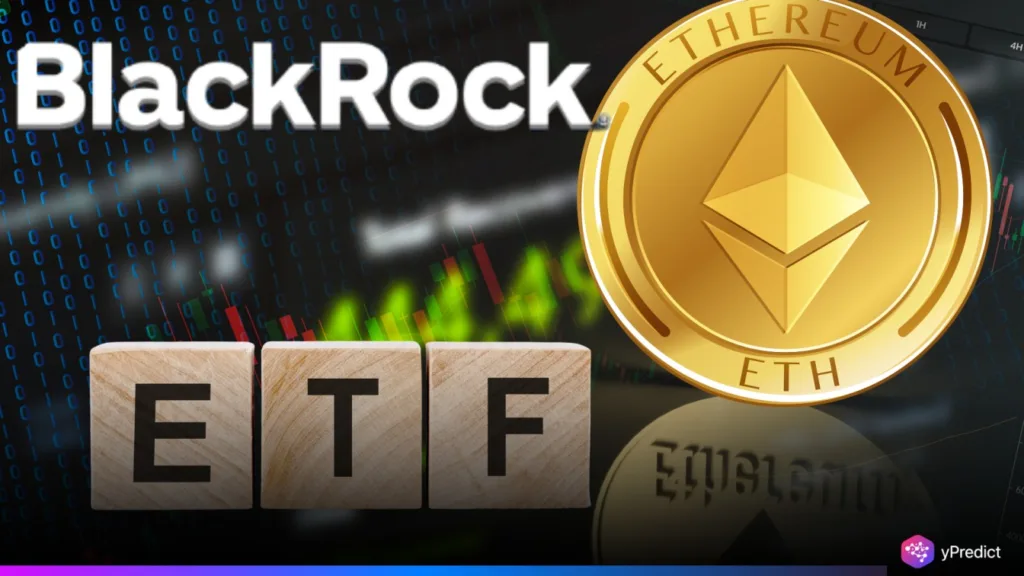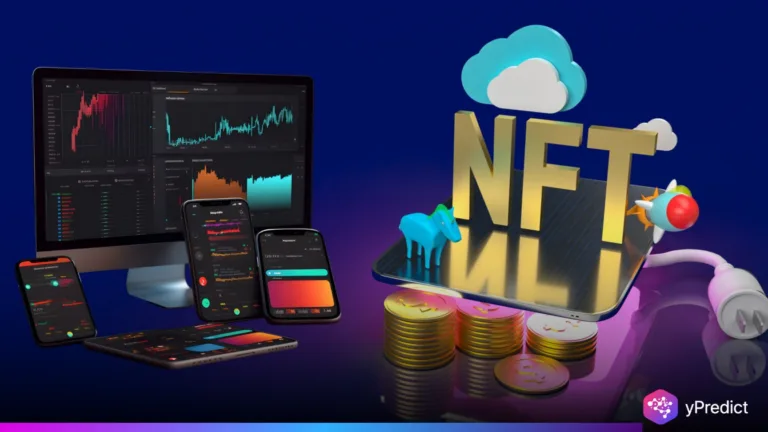
BlackRock’s foray into blockchain just marked a defining milestone. The fund, called BUIDL fund, launched in March 2024 on Ethereum, surpassed $1 billion in Assets Under Management (AUM) in less than a year, by July 2025. BUIDL fund does maintain a fixed $1 token defensively, while daily dividends are offered that blend traditional finance features with the precision of blockchain. This is not an isolated incident. The BlackRock iShares Ethereum Trust (ETHA) has also followed with exponential inflows and added $1.29 billion in one week, running up to $10 billion in under 9 months. This growth shows increasing confidence from investors around tokenized assets and Ethereum ETFs, and is a sign that capital allocation strategies may undergo, a deeper, AI-enabled transition.
BUIDL Fund Hits $1 Billion AUM Amid Tokenized Asset Boom
BlackRock’s BUIDL fund has swiftly become a poster child for tokenized assets. Across 16 months, it achieved $1 billion in AUM, a strong indicator that markets are ready for blockchain-backed financial products. Investors are attracted to BUIDL because of its transparency and consistency, with daily dividends distributed via Ethereum smart contracts. Institutional investors are attracted to the stability of the fund, given their desire for low-risk blockchain exposure and the fact that AI tools are now able to assess these assets in real-time, thus offering deeper insights and automated risk controls.
Behind this growth lies AI’s growing role in optimizing asset management strategies. BlackRock has integrated machine learning models to track on-chain performance, analyze investor flows, and adjust token distribution. The fund isn’t just a product of blockchain—it’s a reflection of AI-guided decision-making in modern finance.
Ethereum ETF Demand Outpaces Bitcoin Counterparts
While Bitcoin ETFs once led the digital asset conversation, Ethereum ETFs are now stealing the spotlight. BlackRock’s iShares Ethereum Trust (ETHA) surged by $1.29 billion in a single week, taking its total to $10 billion in just 251 days. This rise outpaces many Bitcoin ETFs launched before it.
AI-driven data analysis platforms like Farside Investors recorded this shift, highlighting the predictive accuracy of Ethereum’s value proposition. The ability to tokenize, track, and audit assets in real-time on Ethereum makes it a natural choice for AI models evaluating future-proof investment vehicles. ETHA’s climb shows that investors now value programmable assets over static stores of value, a key insight AI algorithms continue to validate.
AI and Tokenization Reshape Capital Market Infrastructure
The BUIDL fund’s structure marks a pivot from traditional finance toward decentralized protocols. BlackRock partnered with Coinbase and Anchorage Digital to enable token issuance, storage, and compliance—all managed through Ethereum. Settlement now happens transparently on-chain, monitored by automated AI systems that ensure fund integrity.
This decentralized infrastructure limits the human error and facilitates more rapid transactions. However, much more importantly, it adds AI-powered governance functions to the platform that allows BlackRock to estimate inflows, change holdings, and comply with regulatory requirements sooner than their legacy systems. When AI takes care of due diligence and blockchain manages the execution, capital markets will eventually get closer to a hybrid AI-blockchain artificial architecture.
Institutional Adoption Validates AI-Led Blockchain Finance
Institutional participation in products like BlackRock BUIDL and Ethereum ETF isn’t just a nod to blockchain, it’s a sign that AI-led tools are now central to fund operations. Machine learning models drive portfolio optimization, while predictive algorithms assess on-chain trends, detect anomalies, and issue alerts in milliseconds.
BlackRock’s performance challenges old narratives that viewed tokenized assets as volatile or immature. Instead, AI and blockchain now deliver stable, efficient alternatives. With BUIDL crossing $1 billion and ETHA nearing its next milestone, the message is clear: AI isn’t just enhancing finance, it’s rebuilding it with transparency, automation, and speed at the core.






